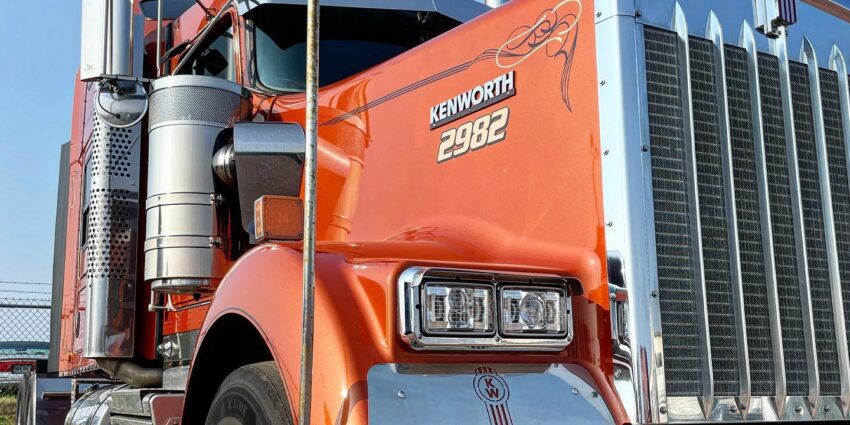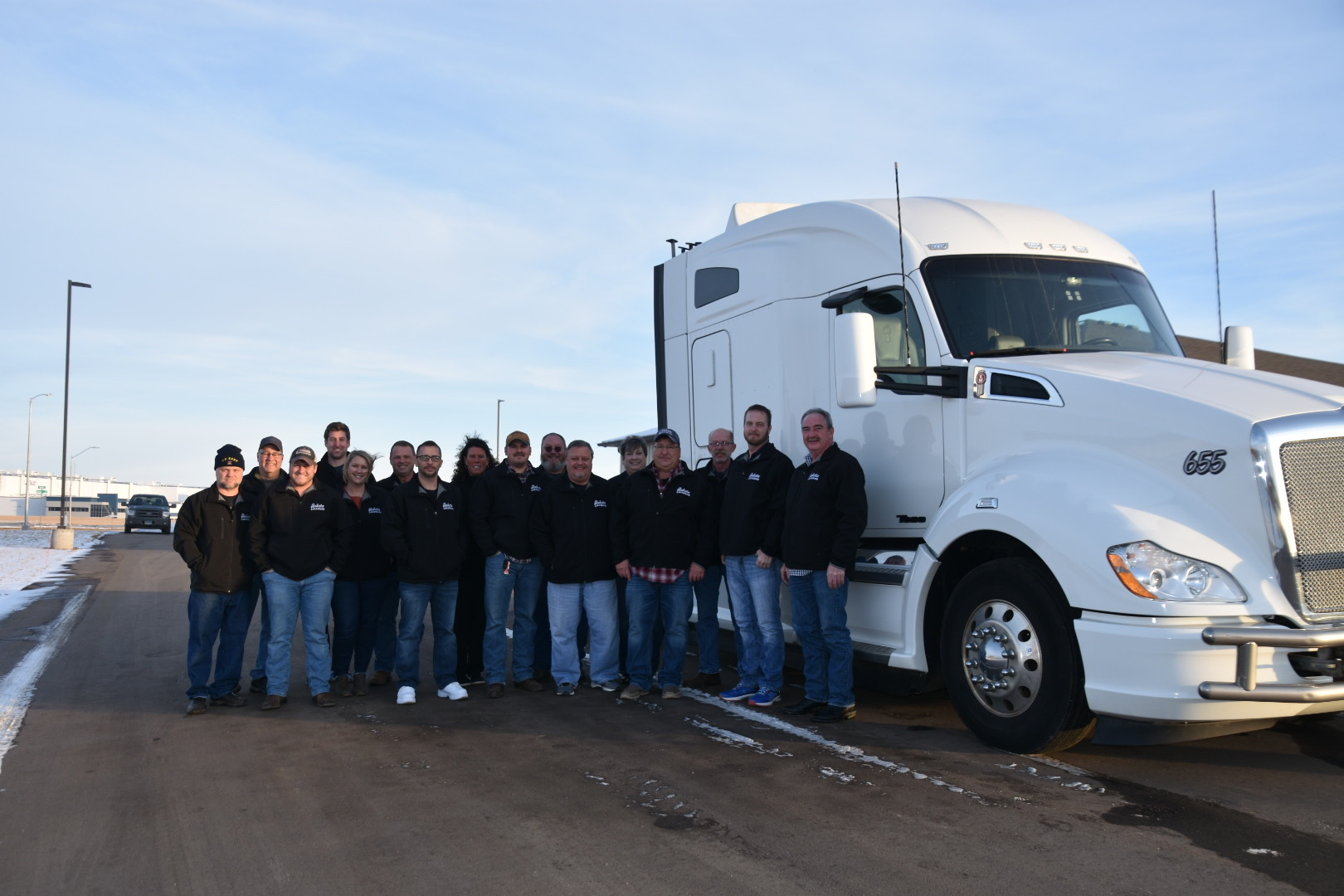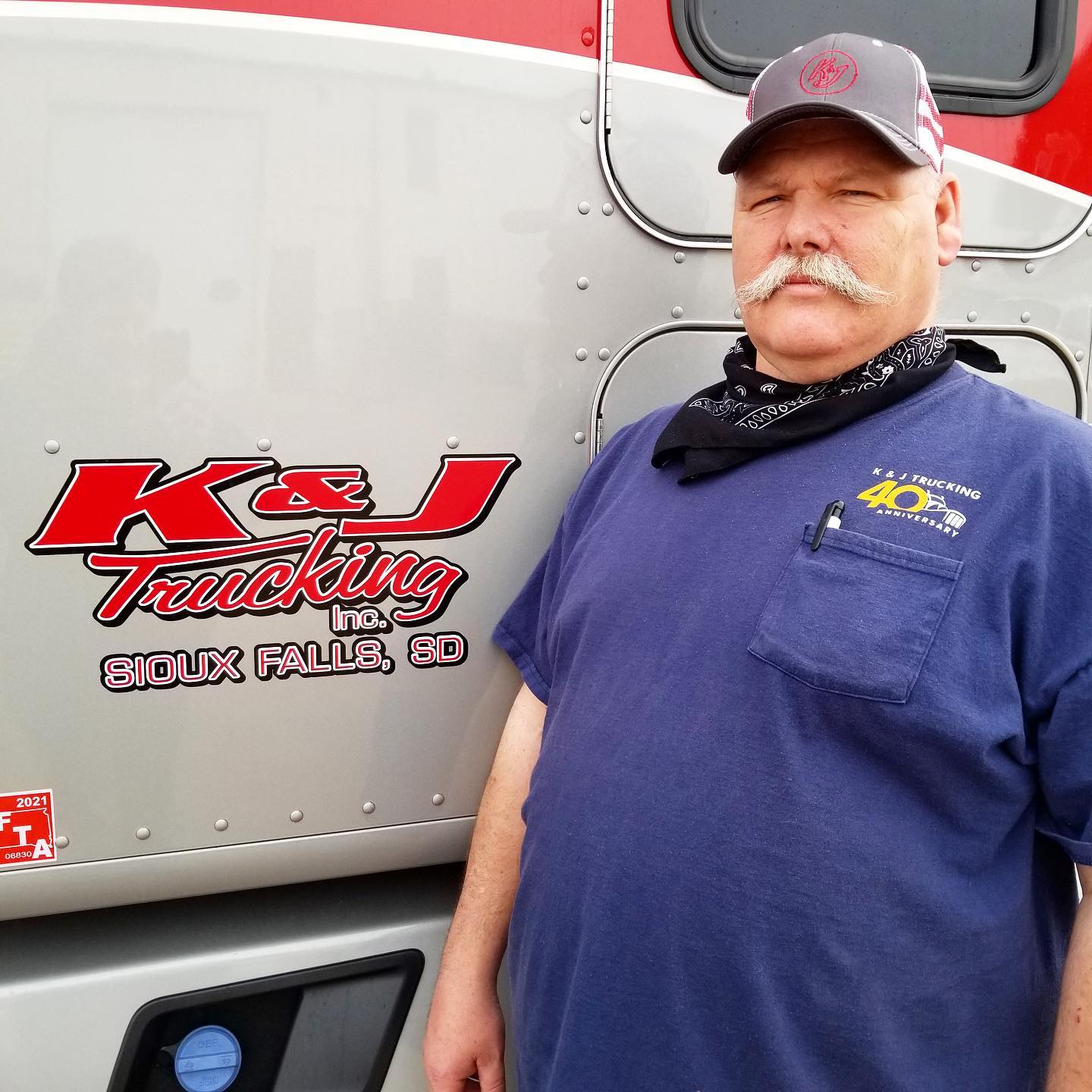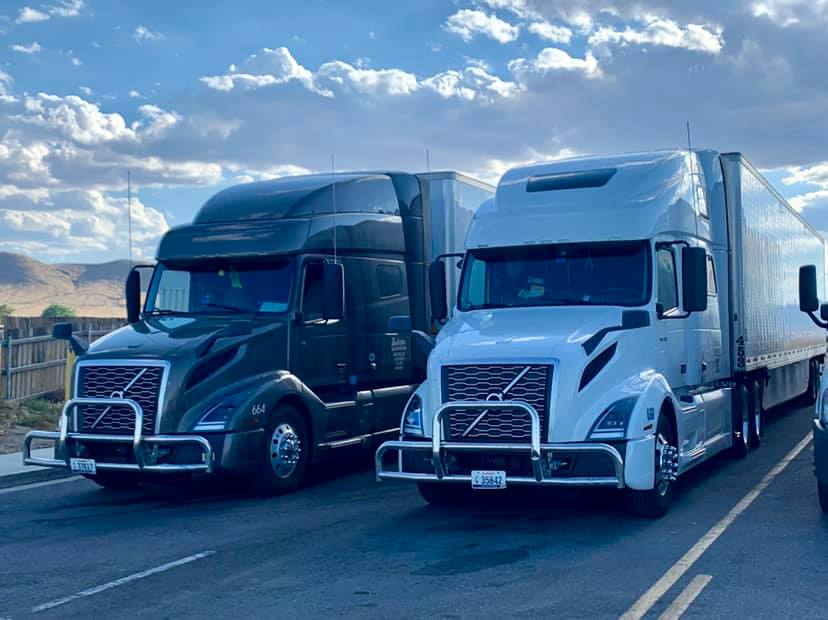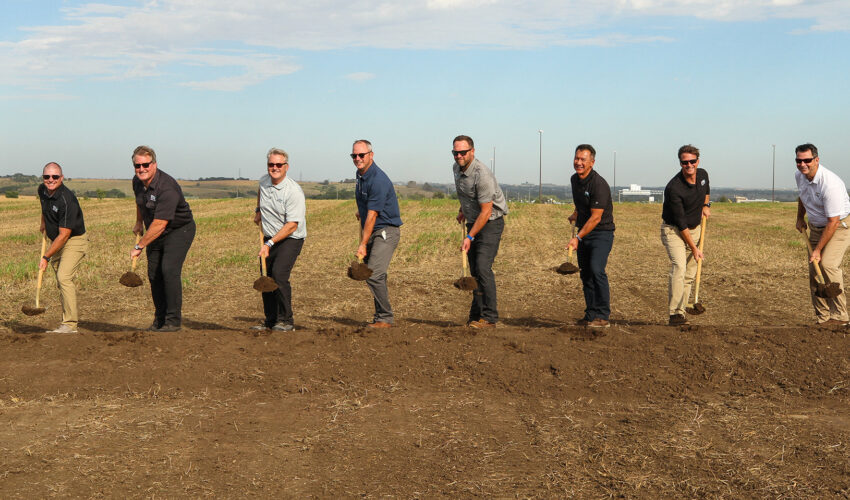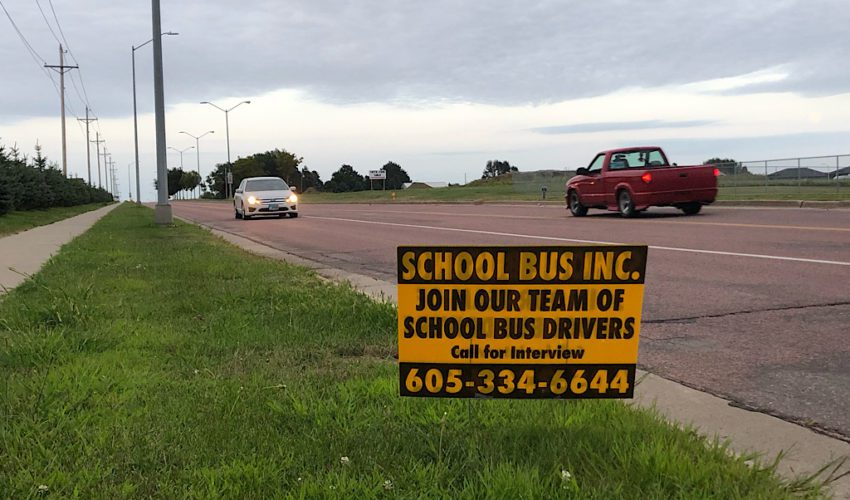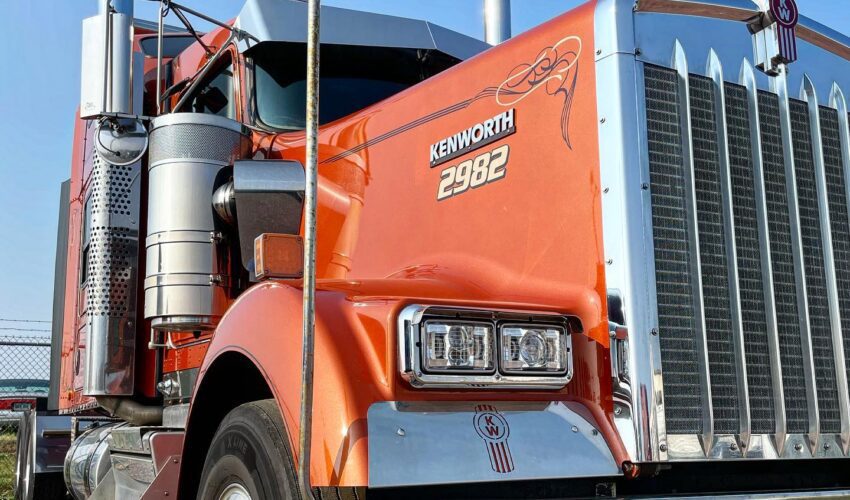‘The worst I’ve seen in 20-plus years’: Trucking industry describes troubling labor shortage
July 26, 2021
Matt Stensland describes the situation in plain terms.
“Over the years, I have seen where drivers have been hard to come by, but this is by far the worst I’ve seen in 20- plus years,” said Stensland, the safety director at Dakota Carriers.
“This is definitely an industrywide issue.”
The situation he is describing is the labor shortage affecting the trucking industry.
Carrie Anderson, K&J Trucking’s director of communications, gave an even more sobering evaluation, citing an industry contact who said it’s the worst market for recruiting in 38 years.
No matter the time frame, concerning evidence pointing to the issue, besides anecdotally, lies in the numbers. According to numbers from applicant platform DriverReach provided by Anderson, 19 percent fewer drivers are applying this year, with 60 percent more job postings in the industry. Additionally, 87 percent of trucking companies attending a March DriverReach webinar reported a drop in applications this year.
The COVID-19 pandemic is certainly a factor in this shortage, industry sources said, but it served more as an amplifier of the already festering issue than a direct cause.
“We’ve been talking about it for years, to be honest with you,” Anderson said. “ But we weren’t feeling it as keenly until the pandemic hit. I will say that it has affected things, but I don’t want to give it too much credit because I think there’s a lot of other factors that are going into this that are going to outlast … however long it takes for us to get back to a good place post-COVID.”
In past years, the industry experienced labor problems not in recruiting but in retention. Reports have put industry turnover rates at greater than 90 percent for decades, but a stronger labor market has made the issue palatable in the past. Now, industry sources are describing a lack of applicants to begin with.
Additional factors Anderson mentioned include an aging workforce, with many truckers who are baby boomers or older Gen Xers approaching retirement. Additionally, stricter drug and alcohol penalties have removed thousands of truckers from the workforce. As part of a national effort by the Federal Motor Carrier Safety Administration, 56,000 drivers were taken out of the industry by the Commercial Driver’s License Drug and Alcohol Clearinghouse in 2020, according to Anderson.
The cost of entering the industry is also a barrier, Anderson said, as three-week commercial driver’s license programs often can cost $5,000 or more. Finally, Anderson said a common misconception of the industry is that truckers can’t make ends meet on their salary, which couldn’t be farther from the truth, she contends. According to ZipRecruiter, the average annual salary for a trucker in South Dakota is $47,500 — comfortably within the national range of $38,000 to $55,000.
Both K&J and Dakota Carriers report navigating the labor shortage well so far. Despite being slowed by issues elsewhere in the supply chain, such as less ready access to repair parts, Stensland said Dakota Carriers has not been too hampered by a lack of labor.
K&J’s retention rate in 2020 was 91 percent, Anderson said, so the company was well ahead of the curve compared to industry standards.
But wholesale change on how the trucking industry recruits is rapidly speeding up. Nearly half of the respondents at the DriverReach webinar said they were going to try something totally different with their marketing than they’d been doing, Anderson said.
One shift K&J has made is advertising for open positions on social media platforms such as Facebook. Dakota Carriers also has dipped into more online platforms, as well as using interstate billboards. However, trucking companies’ best labor strategy is still through referrals that hinge on relationships between truckers, Anderson said. Dakota Carriers has offered referral bonuses to its employees as an incentive for bringing new truckers into the company.
“Our best resource tends to be personal relationships with people,” she said. “It tends to be our drivers eating with another driver at a truck stop and chatting over coffee. That’s how we get our best referrals for sure.”
All of these issues are coming at a time of increased demand brought on by the pandemic, Anderson said. And with people more accustomed to staying at home and letting their goods show up at their doorstep, the need for more truckers will become increasingly dire, according to Cody Powell, K&J director of business development.
“Look at the pandemic, when you had the shortage of toilet paper and stuff,” Powell said. “We joke about that, but what happens if (there is) a shortage of meat or milk? Now it’s not an inconvenience; now you’ve got people waiting in line at the store. So I don’t mean to be a doomsayer, but we really got to lessen up on the barriers of entry because we’re either going to legislate ourselves out of this problem or further into it.”
The labor shortage is felt up and down the supply chain, with companies like Furniture Mart USA that rely on third-party trucking feeling the effects of the shortage. Troy Eichmann, chief operating officer of Furniture Mart, said the business completely outsources its trucking needs across multiple companies to ensure issues affecting a specific organization don’t trickle down to it.
“You get a lot better service, get a lot better consistency, a lot better continuity if you aggregate it with the third-party folks because then you can … I use the term ‘spread peanut butter,’ whether it’s you had a labor pinch here, but you don’t over here. OK, well, I can spread that for that little pinch and still not have any loss in the operation.”
Right now, sources said the trucking industry is still in a relatively stable place when it comes to its labor shortage. However, alarm bells are sounding industrywide, and a lot needs to change — and fast — before it becomes a serious supply chain issue, they said. Barriers of entry, such as high costs and strict protocols, need to be lowered and a culture shift needs to occur within the industry to ensure it’s an attractive place for prospective truckers.
“I think that trucking as a whole needs to reconsider a lot of things in order to continue to maintain driver applicant pools and to encourage people to join the industry,” Anderson said. “And I think we’re starting to see some of those changes come into the system, but I don’t think that they’ve always been fully embraced by all companies yet.”

